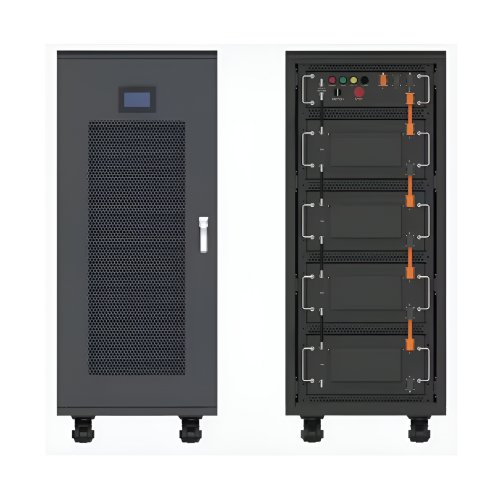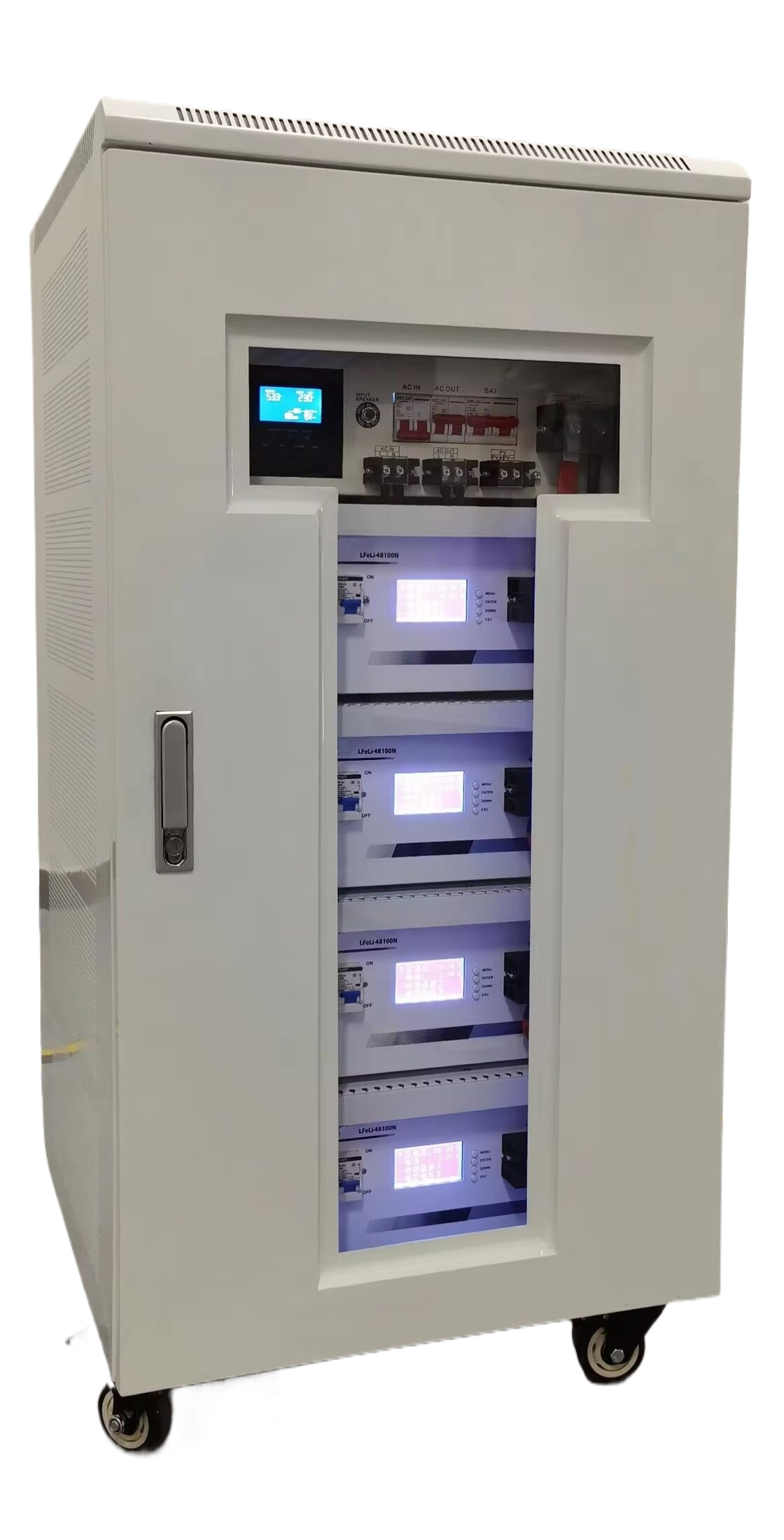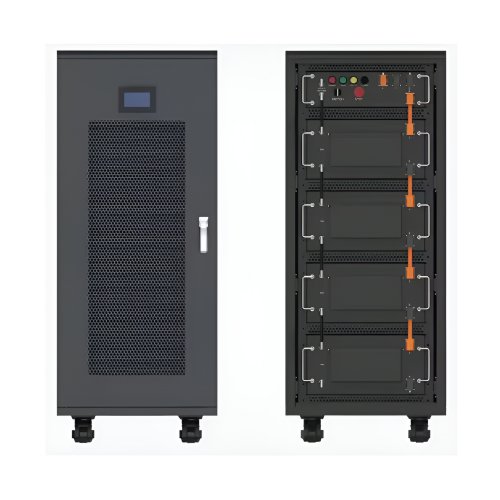Lithium Iron Phosphate Production News: Surging Demand And Technological Advancements Reshape The Global Market
The global energy storage and electric vehicle (EV) sectors are witnessing an unprecedented surge, and at the heart of this transformation lies the rapid expansion of lithium iron phosphate (LFP) battery production. Once considered a niche chemistry, LFP has firmly established itself as a dominant force, challenging the long-held reign of nickel-manganese-cobalt (NMC) batteries. This shift is driven by a potent combination of economic, safety, and strategic factors, leading to a flurry of activity across the entire production landscape.
Latest Industry Developments: A Global Capacity Race
The most prominent trend in LFP production is the breakneck speed of capacity expansion, primarily led by China. Major players like Contemporary Amperex Technology Co. Limited (CATL), BYD, and Gotion High-Tech are aggressively scaling up their output. CATL’s recent announcement of its "Shenxing" super-fast charging LFP battery, capable of adding 400 km of range in 10 minutes, underscores the technological leaps being made alongside pure capacity increases.
However, the story is no longer confined to Asia. In response to supply chain vulnerabilities and spurred by policy incentives like the U.S. Inflation Reduction Act (IRA), a significant wave of localization is underway. Companies are actively establishing LFP cathode and battery cell production facilities in North America and Europe. For instance, Ford’s partnership with CATL to build a LFP battery plant in Michigan and Volkswagen’s investment in Gotion High-Tech for cell production in Illinois are emblematic of this strategic pivot. Similarly, in Europe, startups and established energy giants are announcing plans for gigafactories dedicated to LFP technology, aiming to create a more resilient and regionalized supply chain.
Trend Analysis: Drivers and Evolving Dynamics
Several key trends are shaping the future of LFP production:
1. Cost and Safety Supremacy: The core advantages of LFP chemistry remain its strongest drivers. The absence of expensive and scarce cobalt and nickel makes LFP batteries significantly cheaper to produce. Furthermore, their superior thermal and chemical stability drastically reduces the risk of fires, a critical factor for both EV adoption and large-scale stationary energy storage systems (ESS).
2. Performance Parity: The historical drawback of lower energy density compared to NMC is rapidly eroding. Innovations in cathode nano-engineering, cell-to-pack (CTP) and cell-to-chassis (CTC) technologies, and improved electrolyte formulations are continuously closing the gap. LFP batteries now offer sufficient range for a vast majority of mass-market vehicles, making them an ideal choice for automakers focused on affordability.
3. Vertical Integration and Supply Chain Control: To secure raw materials and control costs, major producers are moving upstream. This involves securing lithium mining rights, investing in lithium processing facilities, and producing key precursor materials. This vertical integration is seen as essential for managing volatility in lithium prices and ensuring a consistent, cost-effective supply for massive production lines.
4. The Sodium-Ion Question: An emerging trend to watch is the development of sodium-ion (Na-ion) batteries. While still in early stages of commercialization, Na-ion technology shares a similar production process and even safer profile than LFP, at a potentially lower cost. Some analysts view it as a complementary technology for lower-range applications, which could influence long-term investment strategies in the LFP space.
Expert Perspectives: Cautious Optimism and Strategic Warnings
Industry experts largely agree on the bright future for LFP but caution against potential headwinds. Dr. Elena Martinez, a battery materials analyst at GreenTech Analytics, states, "The demand trajectory for LFP is incredibly strong, projected to maintain a dominant market share in energy storage and capture over 40% of the global EV market by 2030. The current capacity announcements, if all realized, could lead to a supply glut in the medium term, but the underlying demand fundamentals appear robust enough to absorb it."
The focus on localization is also a key topic. John Keller, a supply chain consultant for the automotive industry, comments, "The IRA has been a game-changer. It has forcefully accelerated the onshoring of battery production. However, building the factory is only half the battle. Establishing a reliable, ethical, and cost-competitive supply chain for lithium iron phosphate and its precursor materials outside of China will be the real challenge over the next five to seven years."
Environmental concerns are also coming to the fore. "As production scales, the industry must proactively address its environmental footprint, particularly water usage and energy consumption during the cathode synthesis process," notes Dr. Mei Chen, a professor of materials science. "Next-generation production techniques focused on dry-coating electrodes and using more sustainable lithium extraction methods will be crucial for the long-term sustainability of the LFP boom."
Conclusion
The lithium iron phosphate production industry is in a state of dynamic and rapid evolution. Driven by insatiable demand from the EV and ESS sectors, the global capacity is expanding at a historic rate, marked by a strategic shift towards regional manufacturing hubs. While the fundamental advantages of cost, safety, and improving performance continue to propel its adoption, the industry must navigate challenges related to supply chain development, potential overcapacity, and environmental sustainability. The continued innovation in both product technology and manufacturing processes will determine the leaders in this increasingly competitive and critical market.
Customized/OEM/ODM Service
HomSolar Supports Lifepo4 battery pack customization/OEM/ODM service, welcome to contact us and tell us your needs.


HomSolar: Your One-stop LiFePO4 Battery Pack & ESS Solution Manufacturer
Our line of LiFePO4 (LFP) batteries offer a solution to demanding applications that require a lighter weight, longer life, and higher capacity battery. Features include advanced battery management systems (BMS), Bluetooth® communication and active intelligent monitoring.

Customised Lithium Iron Phosphate Battery Casing
ABS plastic housing, aluminium housing, stainless steel housing and iron housing are available, and can also be designed and customised according to your needs.

HomSolar Smart BMS
Intelligent Battery Management System for HomSolar Energy Storage System. Bluetooth, temperature sensor, LCD display, CAN interface, UART interface also available.


Terminals & Plugs Can Be Customized
A wide range of terminals and plugs can be customised to suit the application needs of your battery products.

Well-designed Solutions for Energy Storage Systems
We will design the perfect energy storage system solution according to your needs, so that you can easily solve the specific industry applications of battery products.



About Our Battery Cells
Our energy storage system products use brand new grade A LiFePO4 cells with a battery lifespan of more than 4,000 charge/discharge cycles.



Applications in Different Industries
We supply customized & OEM battery pack, assemble cells with wiring, fuse and plastic cover, all the cell wires connected to PCB plug or built BMS.
Applications: E-bike, Electric Scooter, Golf Carts, RV, Electric Wheelchair, Electric Tools, Robot Cleaner, Robot Sweeper, Solar Energy Storage System, Emergency Light, Solar Power Light, Medical Equipment, UPS Backup Power Supply.
We can provide you with customized services. We have the ability to provide a vertical supply chain, from single cells to pack/module and to a complete power solution with BMS, etc.


HomSolar (Shenzhen) Technology Co., Ltd
























